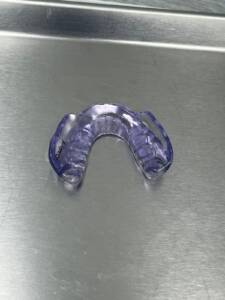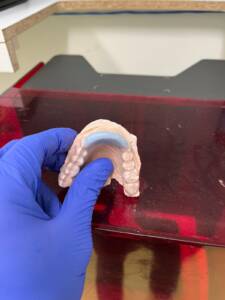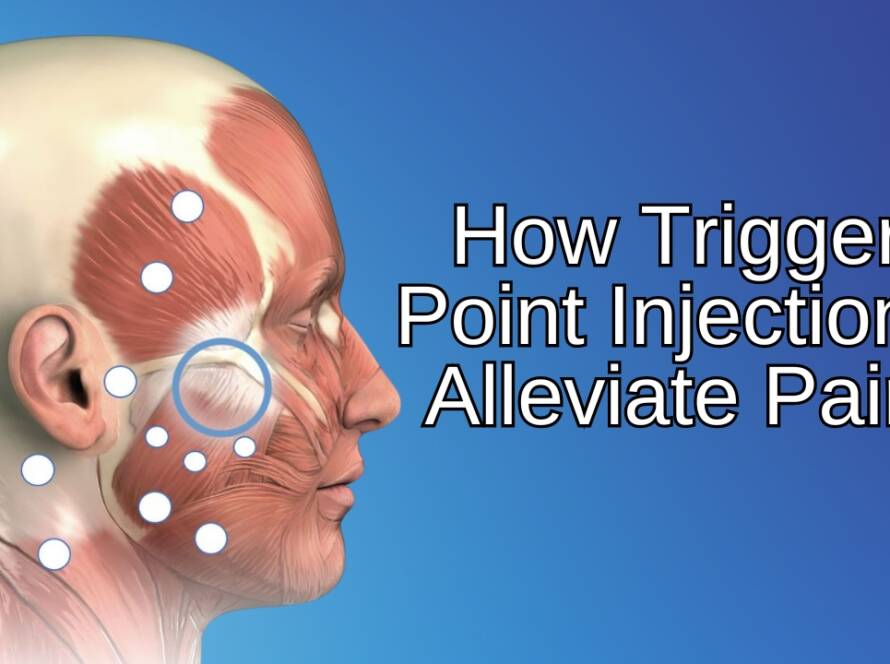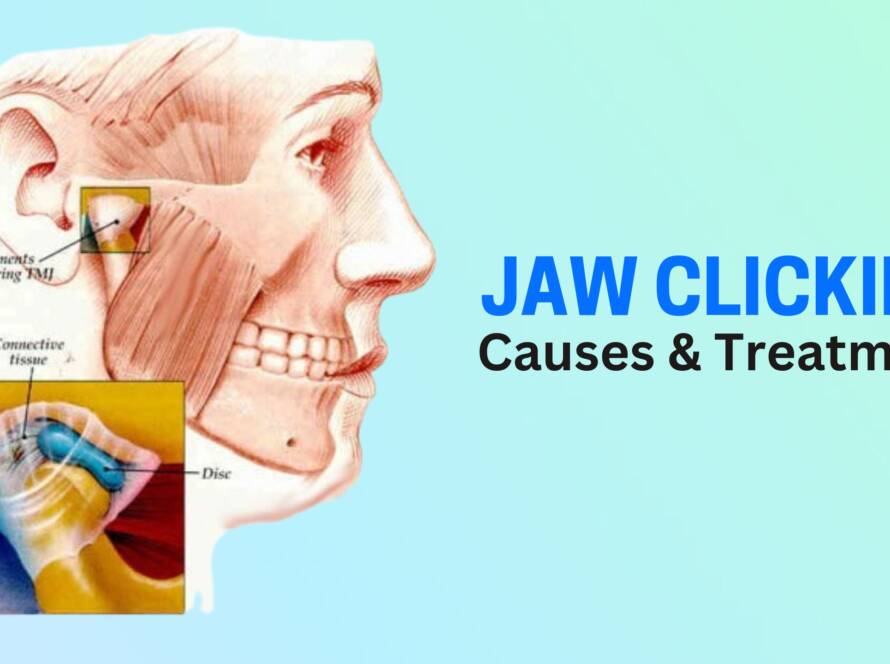Bite-plates, Oral appliances, Occlusal appliances, Occlusal orthotics
Mouthguards are commonly used to protect or “guard” the teeth, jaw and other structures of the face and head. Most commonly, mouthguards are made to protect teeth. They can go over the top teeth or bottom and typically should cover all the teeth. There are no clear scientific studies that show that a particular mouthguard works better than other kinds. In my practice, the mouthguard design is dependent on the condition being treated, anatomy of the teeth, jaws and oropharynx (even if they do not have sleep disorders), jaw relations, clinical examination and lastly the condition of teeth. Some mouthguards like NTI do not cover all the teeth; I reserve their use in emergency situations and in temporary situations. Most mouthguards provide a biobehavioral effect; commonly they increase awareness of the habit of teeth grinding/clenching which in turn can reduce this behavior. Occasionally, patients do tend to grind more as there is something between teeth. Changing the design of the mouthguard helps these individuals and at times changing treatment modality is helpful. The goal of a mouthguard is NOT to align the jaw into a correct position; majority of the time, there is nothing wrong with the jaw alignment or bite. We use the teeth as a convenient treatment modality for a few hours daily for an extended period of time.
When mouthguards are done for muscle pain, headaches or joint pain (TMJ disorders), the philosophy behind them is physical medicine; hence I like to call them Occlusal orthotics. The design of these mouthguards tend to be complex and consideration is given to joint mechanics, force distribution within jaw muscles, teeth to teeth relations, airway etc. Due to the complexity, the cost of these mouthguards is often significantly more.

When mouthguards are done for bruxism, the main philosophy behind them is protection of teeth. The design of these mouthguards tends to be simple and the idea is to mainly negate the forces of teeth to teeth for a few hours. The mouthguard needs to be comfortable in addition to protecting teeth. It is possible that a mouthguard made for bruxism may provide orthopedic stability to the joint and reduce muscle dysfunction.



